Building a modern Vietnam Customs
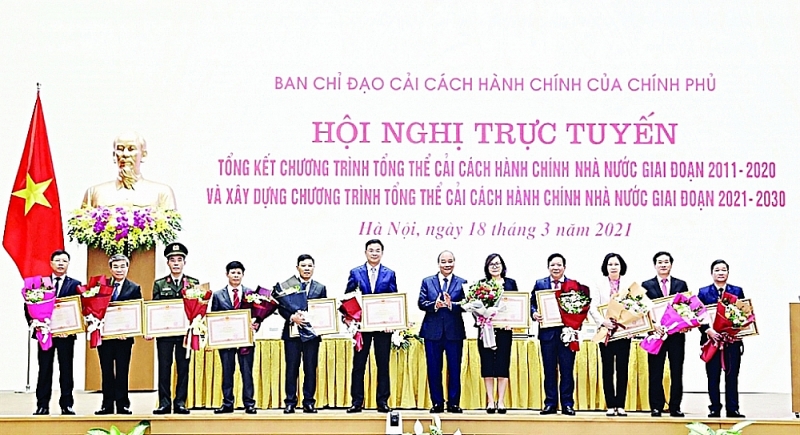 |
| Vietnam Customs was honored to receive the Certificate of Merit awarded by the Prime Minister for outstanding achievements in state administrative reform in the period 2011 - 2020 |
Six stages of Digital Customs development
Customs News reporters attended meetings on developing Customs development strategy for 2021-2030 chaired by the leaders of the General Department of Vietnam Customs (GDVC), attended by representatives of different units under the GDVC. In the meeting, customs authorities tried to answer the question: Where would Vietnam Customs be in the region and in the world? In the process of developing the strategy, they not only assess the overview of 10-year implementation process of the Customs Development Strategy in 2011-2020, but also researching the basic orientations of the World Customs Organisation (WCO), regional customs and the experience of customs of other countries on customs reform, development and modernization. Along with that, the strategy development also closely follows the objectives of the Government, ministries and sectors to set out detailed goals, general goals, specific goals for each field (supervision and control, post-clearance audit).
At the discussions, representatives of units gave many suggestions to complete the draft Customs development strategy for 2021-2030. Compared to the previous strategy, GDVC has introduced a new concept of "Digital Customs" and "Smart Customs" in this strategy. Vietnam Customs has gone through three stages from remote customs declaration, electronic customs declaration, to automated customs clearance system (VNACCS/VCIS), these stages are considered as the "computerization” of the stages of customs operations.
However, according to WCO, Digital Customs is the most developed form of Customs today. The WCO has also launched six stages to develop Digital Customs.
Specifically, phase 1 (starting e-customs), collecting transaction data; publishing the website; information disclosure; and office automation.
Phase 2 (early E-customs), data standardization; electronicization of the process of handling declarations and customs clearance; electronicization of attached documents.
Phase 3 (Electronic Customs for each sector), is to implement electronic information first; data harmonization; processing information that comes first; risk management system; post-clearance audit.
Phase 4 (Integrated Electronic Customs), electronic coordinated border management (e-CBM) through electronic customs operation integration (payment, declaration,); interactive customs operation; risk management system, identifying key points; general inspection management; mobile application.
Stage 5 (Advanced e-customs), e-commerce management; 24/7 customs clearance; exchange information with partners which are government authority; developing Single Window services; and cross-border information exchange.
Phase 6 (Digital Customs), developing globally networked customs (GNC); mutual recognition; interactive non-intrusive image collection; implementing Single Window; and using modern technologies.
Heading towards Digital Government
In the draft Customs development strategy for 2021-2030, the GDVC has set the overall goal of building regular, modern Vietnam Customs, on par with the customs of developed countries, leading in implementing Digital Government with Smart Customs model. Next is improving service quality when carrying out customs procedures, managing customs and tax collection effectively, facilitating trade, tourism and legal transport across borders, creating a transparent and fair import-export environment, contributing to improving national competitiveness, ensuring social security and safety, and protecting national interests.
To implement the above objectives, the Customs sector continues to build a legal foundation on modern Customs, ensuring full legal basis for the development and implementation of a smart customs management model and perform task of acting as the focal point for specialised inspection of import goods at the border gate.
At the same time, centralization, modernization and automation for customs inspection, supervision and control; promote inspection before and post clearance; deploy smart border model, green customs; reforming specialised inspection for imported and exported goods at the border gate.
In addition, building a centralised, intelligently integrated information technology system to ensure requirements of information security, together with a digital platform, strongly applying scientific and technological achievements of the Fourth Industrial Revolution, ready to connect, exchange and share information with ministries, sectors, firms and related parties to perform the state management of customs, meeting the management requirements of the enterprises, comprehensive management from the beginning to the end for export, import, transit goods and means of transport on exit, entry and in transit.
Renovating the organisation structure of the customs with a compact structure, reducing intermediary points to meet requirements of deploying a smart customs model and performing the task of focal points for specialised inspection of import goods at the border gate. Promoting comprehensive, extensive and effective international cooperation and integration in customs, enhancing the role, position and reputation of Vietnam Customs in the world customs community; developing cooperative and partnership relations between Customs and related parties, creating a foundation and contributing to improving the efficiency of the State management of Customs.
Related News
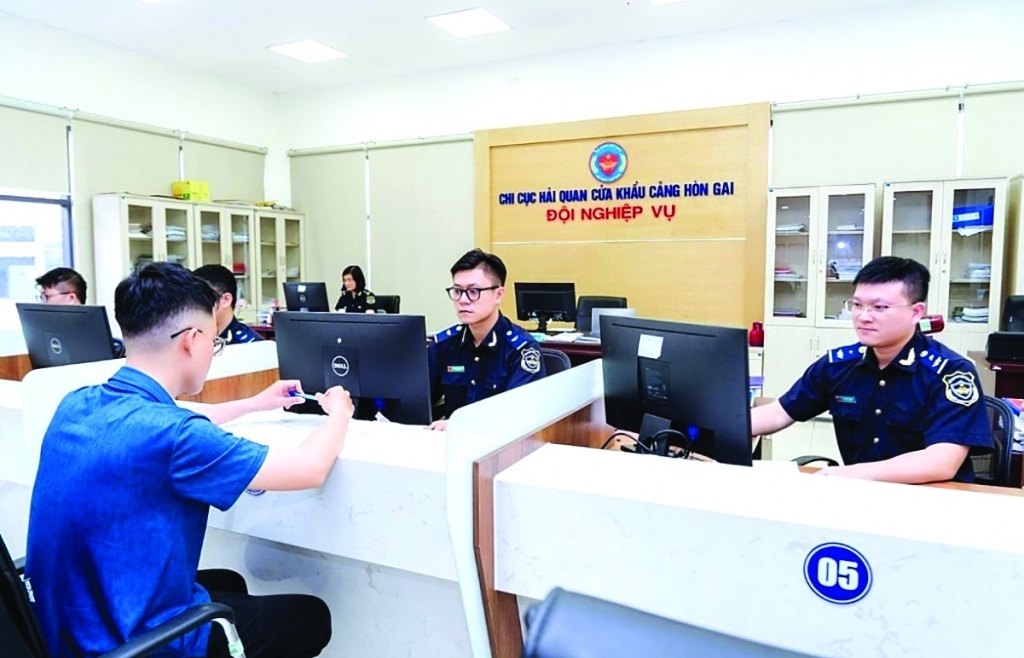
Modernizing Customs: From VNACCS to Digital Customs Part 2: The urgent need for a new IT system
07:55 | 31/12/2024 Customs
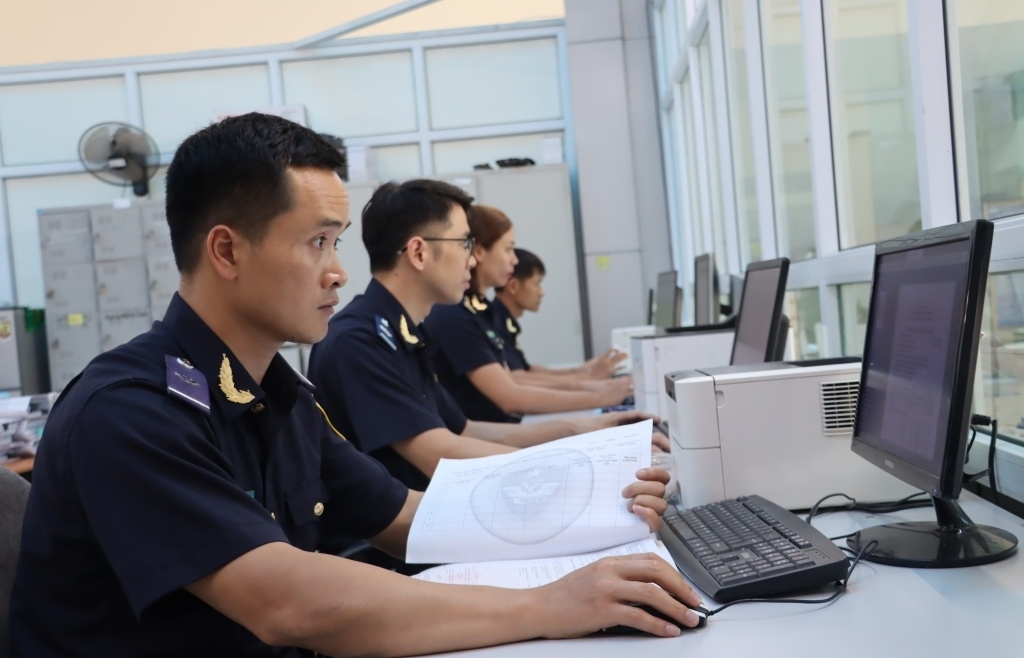
Customs Modernization: From VNACCS to Digital Customs. Part 1: The "Revolution" of VNACCS
09:44 | 25/12/2024 Customs

Implementing the SAFE framework in Vietnam: Assessment through the lens of international standards
09:14 | 20/11/2024 Regulations

Vietnam Customs attends WCO’s flagship conference
09:33 | 16/11/2024 Customs
Latest News
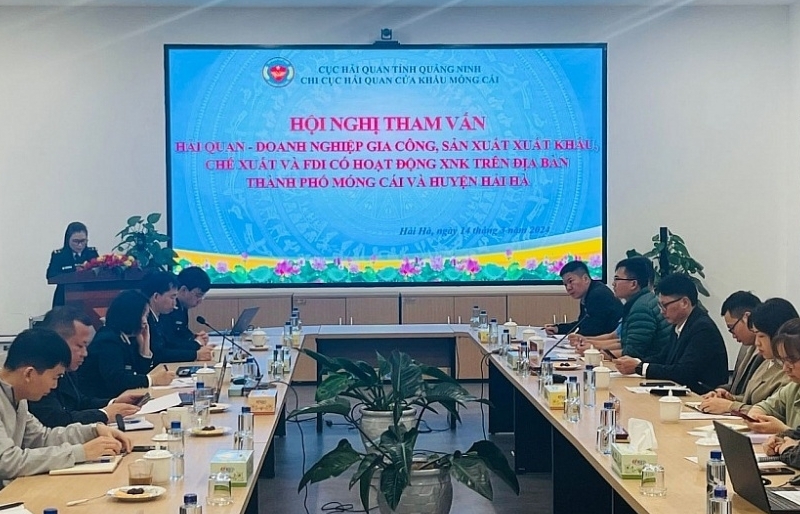
Quang Ninh Customs: making efforts to help businesses improve compliance
16:47 | 31/12/2024 Customs

Hai Phong Customs collects over VND87 billion from post-clearance audit
15:30 | 31/12/2024 Customs
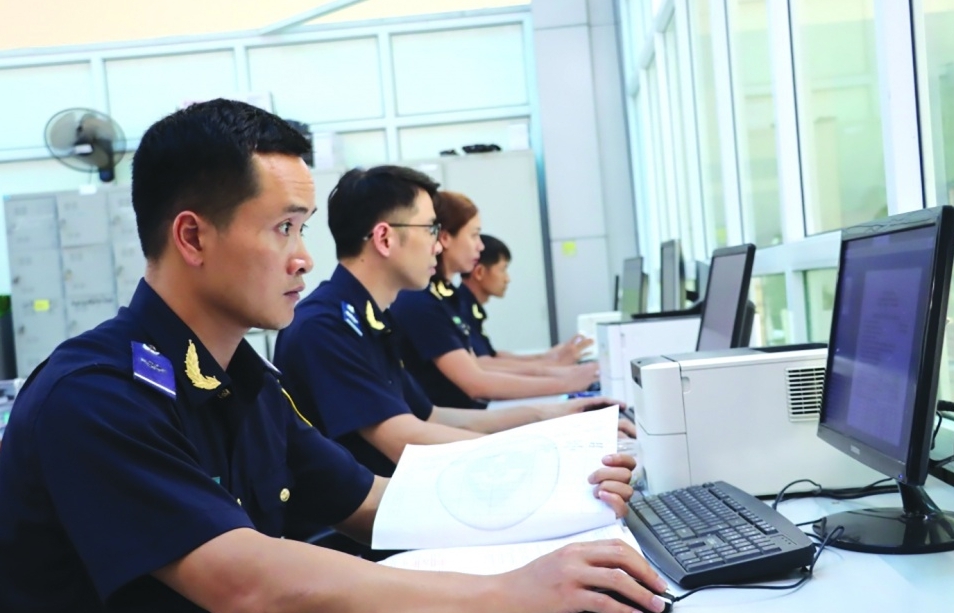
Customs modernization: From VNACCS to Digital Customs: Part 3: Part 3: Comprehensive digital transformation in customs field
15:30 | 31/12/2024 Customs

Ho Chi Minh City Customs: Exceeded the state budget revenue target by nearly 100 billion VND
15:27 | 31/12/2024 Customs
More News
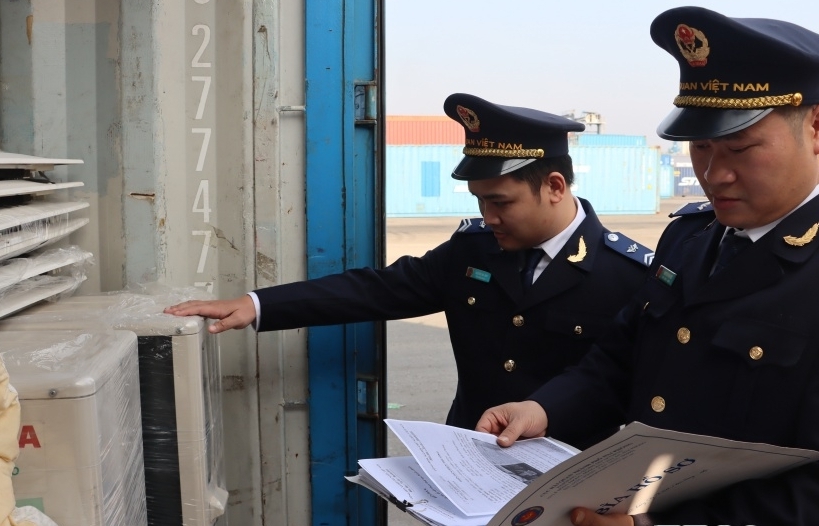
Hai Phong Customs sets new record in revenue of VND70,000 billion
07:45 | 31/12/2024 Customs
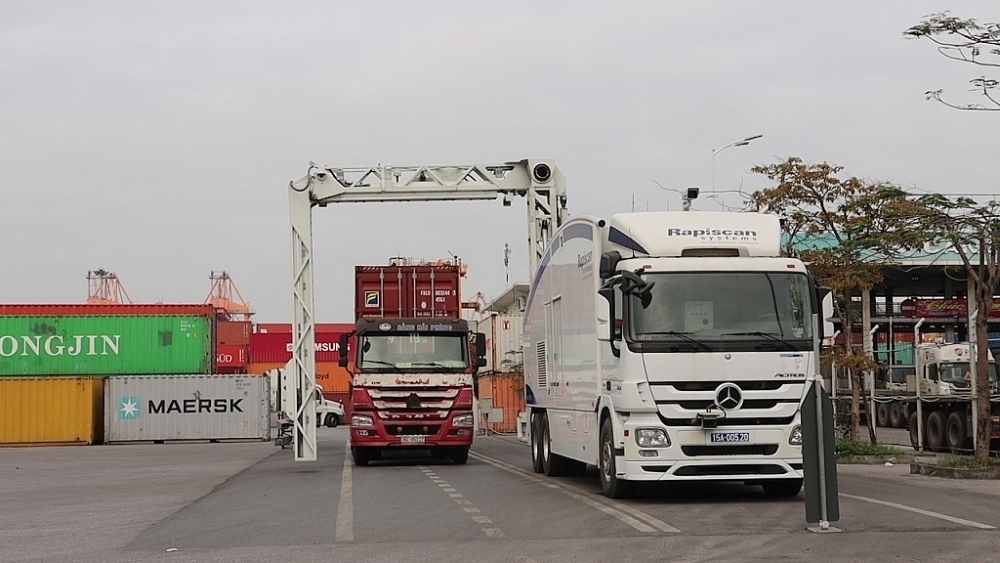
Hai Phong Customs focuses on customs supervision and management
13:55 | 30/12/2024 Customs

Businesses highly appreciate support of Quang Ngai Customs
17:59 | 29/12/2024 Customs
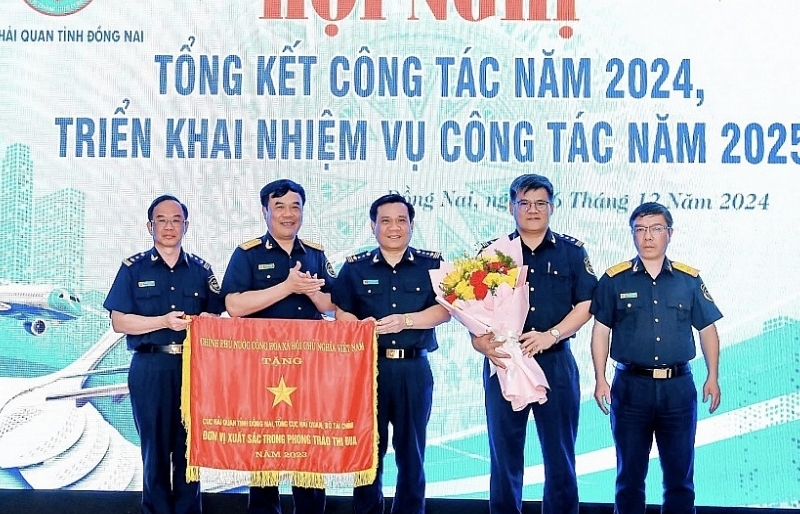
Dong Nai Customs proposes to pilot restructuring according to the new model
13:47 | 28/12/2024 Customs
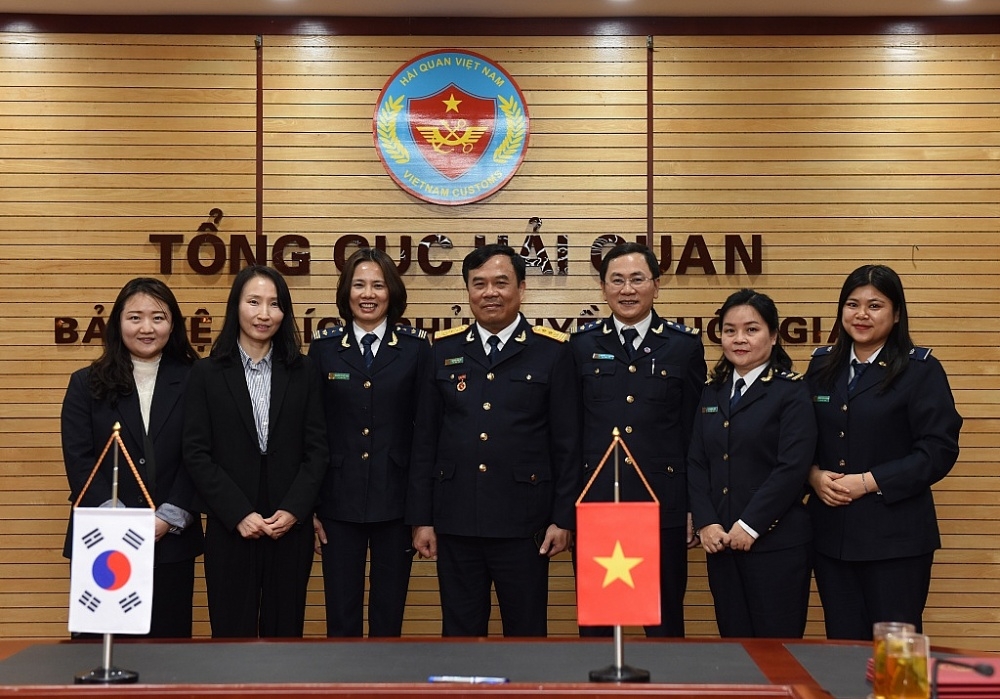
Vietnam, Korea Customs sign AEO MRA
11:07 | 26/12/2024 Customs

Quang Nam Customs focuses on preventing smuggling and combating budget loss
11:07 | 26/12/2024 Customs
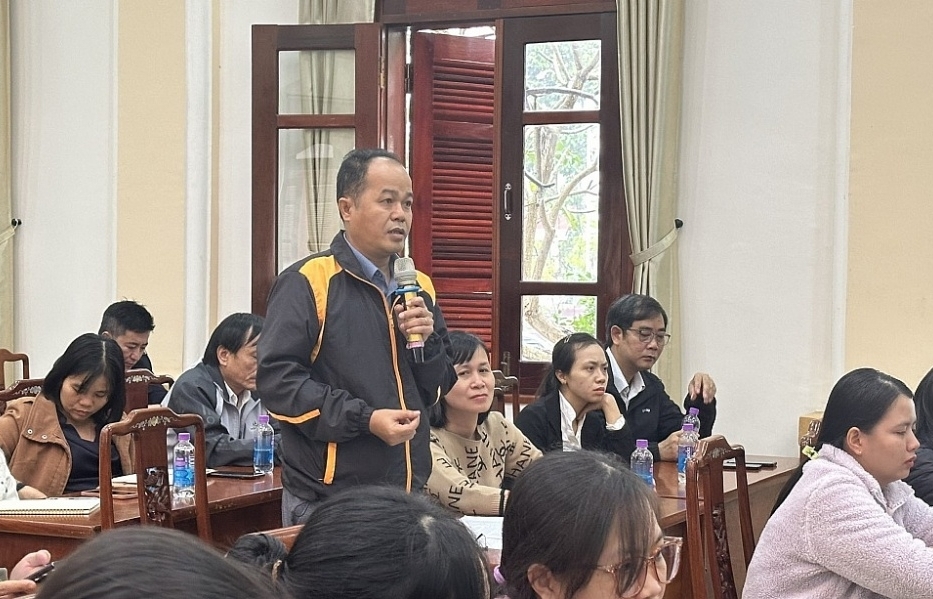
Quang Ngai Customs engages in dialogue with over 100 import-export enterprises
09:42 | 25/12/2024 Customs

Ba Ria - Vung Tau Customs strives to be ready to effectively implement the new organizational model
09:01 | 24/12/2024 Customs
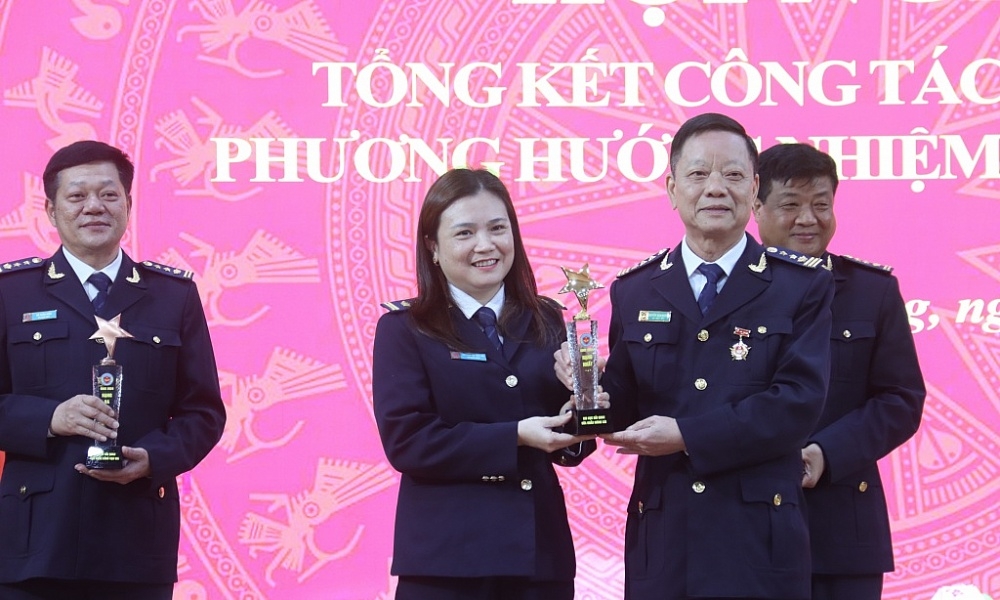
Mong Cai Border Gate Customs Branch tops CDCI
09:00 | 24/12/2024 Customs
Your care

Quang Ninh Customs: making efforts to help businesses improve compliance
16:47 | 31/12/2024 Customs

Hai Phong Customs collects over VND87 billion from post-clearance audit
15:30 | 31/12/2024 Customs

Customs modernization: From VNACCS to Digital Customs: Part 3: Part 3: Comprehensive digital transformation in customs field
15:30 | 31/12/2024 Customs

Ho Chi Minh City Customs: Exceeded the state budget revenue target by nearly 100 billion VND
15:27 | 31/12/2024 Customs

Modernizing Customs: From VNACCS to Digital Customs Part 2: The urgent need for a new IT system
07:55 | 31/12/2024 Customs




